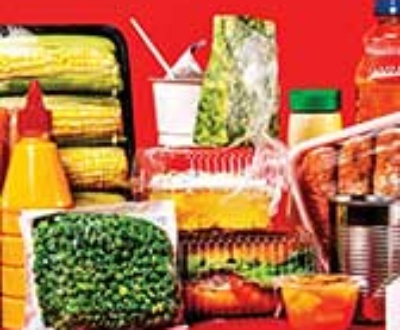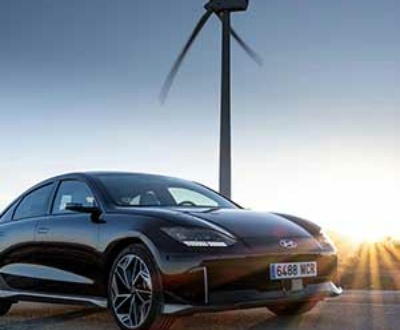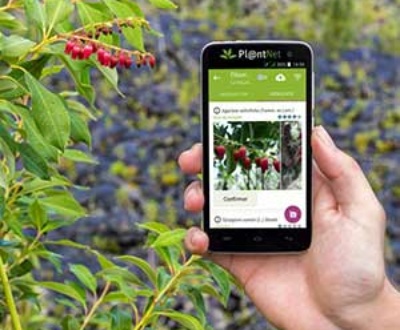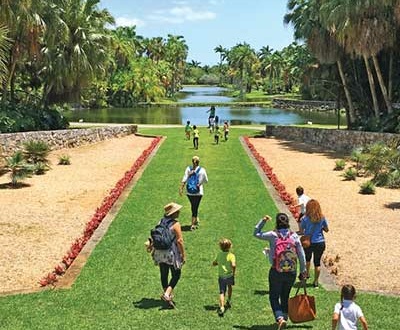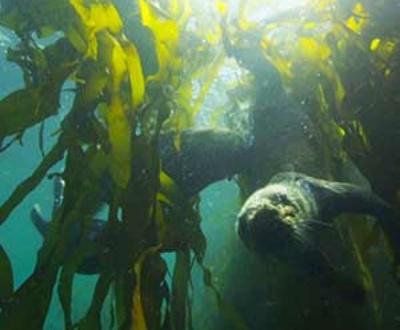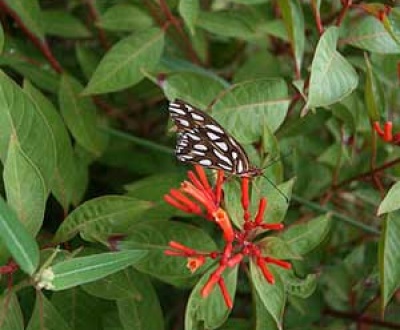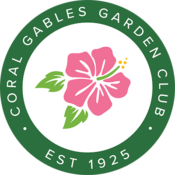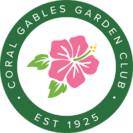WOW, the weather as I write this on February 7th is spectacular! A little crisp, very sunny, 76 degrees-just lovely. And the event season is in full swing with lots of fun things to do-including of course our Farmers Market and our Garden Talks. The picture below is of the January 21 talk. “How to Make Your Yard a Bird Sanctuary” and we had a plant vendor there where you could buy the plants that the speaker, Jose Barros of Tropical Audubon, recommended. It’s all good!
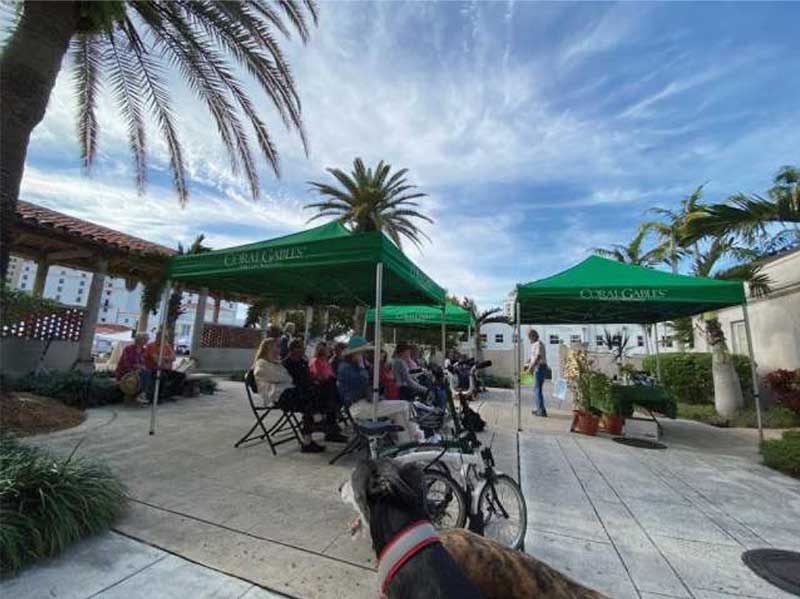
Coral Gables Farmers Market Garden Talks
Biodiversity
What we are coming to slowly understand is that the world is an intricate whole with the all the pieces interconnected. When one part of the ecosystem in an area disappears the consequences affect the survival of the ecosystem as a whole. As the 12/11/22 New York Times puts it: “Its not only wildlife that will suffer from biodiversity loss. Biodiversity loss can trigger a whole ecosystem collapse, scientists say, threatening humanity’s food and water supplies. As Katherine Hayhoe, chief scientist at the Nature Conservancy says, “The biodiversity crisis presents a long term threat to the viability of the human species.” Folks, that’s us so it’s smart to pay attention! So let me give you two examples.
Prairie Dogs
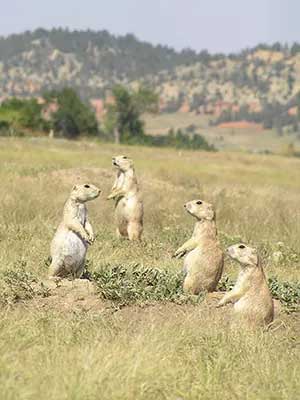 “When plague struck the black-tailed prairie dogs in the Thunder Basin National Grassland in Wyoming in 2017, a huge die-off followed. It was a disaster for the prairie dogs but an opportunity for researchers to have a “natural experiment” in the consequences of a single species collapse.” (Washington Post, l/14)
“When plague struck the black-tailed prairie dogs in the Thunder Basin National Grassland in Wyoming in 2017, a huge die-off followed. It was a disaster for the prairie dogs but an opportunity for researchers to have a “natural experiment” in the consequences of a single species collapse.” (Washington Post, l/14)
Well, the impact was huge! First, all the species that fed on the dogs went into substantial decline. Badgers, foxes, bobcats and hawks. Secondly, when the grassland got twice as much rain in May and June, the grass grew unchecked. Normally the prairie dogs would have feasted on the grass, but they weren’t there. This meant that the mountain plover, a bird which thrives in short vegetation almost disappeared and the horned larks and burrowing owls dropped too. In their place came birds that like tall grass like songbirds.
Kelp
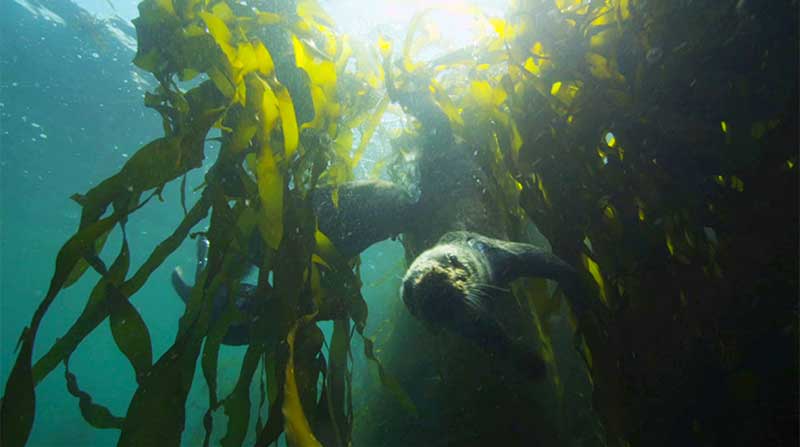 Kelp, the largest seaweed species, is able to grow up to 33 feet, absorbs carbon dioxide and has high nutritional value. It also plays a vital role in marine ecosystems, providing food and shelter for fish, other marine animals and birds. But along the California coast 95% of the kelp was decimated by sea urchins when their main predator, starfish, were killed by a wasting disease linked to warmer waters. Enter the sea otter. Before the fur trade drove them almost to extinction they roamed from Alaska to Baja California. It turns out that the otters love to eat sea urchins so there is now a program to reintroduce the otters. The hope is to restore the kelp forests along the coast which would be great since it turns out that these ocean forests, in addition to all the other benefits, may be able to store as much carbon as the Amazon rain forest. So here we have two great examples of how the devastation of one species affects a whole ecosystem.
Kelp, the largest seaweed species, is able to grow up to 33 feet, absorbs carbon dioxide and has high nutritional value. It also plays a vital role in marine ecosystems, providing food and shelter for fish, other marine animals and birds. But along the California coast 95% of the kelp was decimated by sea urchins when their main predator, starfish, were killed by a wasting disease linked to warmer waters. Enter the sea otter. Before the fur trade drove them almost to extinction they roamed from Alaska to Baja California. It turns out that the otters love to eat sea urchins so there is now a program to reintroduce the otters. The hope is to restore the kelp forests along the coast which would be great since it turns out that these ocean forests, in addition to all the other benefits, may be able to store as much carbon as the Amazon rain forest. So here we have two great examples of how the devastation of one species affects a whole ecosystem.
What Can You Do to Help Maintain Biodiversity in Coral Gables?
The most important thing you can do is plant native plants in your yard and create a habitat! Native plants are critical sources of food, shelter and nesting areas for our wildlife. Without the native plants they need, species decline…why do you think we have 30% fewer birds in America than in 1970? Well, there are several factors like loss of habitat, pesticides and loss of FOOD! Birds eat insects. When the insect population declines, there is less food. For example, butterflies can only lay their eggs on the native plants they evolved with. Fewer native plants, fewer butterflies, fewer birds.
Connect To Protect
If you would like to help Connect to Protect visit the link HERE at Fairchild Tropical Botanic Garden. On the website there is a list of butterfly attracting plants, other native plant lists, plus nurseries where you can buy the plants and landscape companies familiar with the care and installation of native plants…no excuses now for why you can’t do this!
Smile.
About the Author
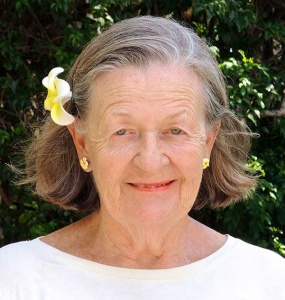
Linda Lawrence Waldron currently writes the Green Gables column in Gables Living Magazine. Linda was Chairman of the Garden Club's Coral Gables Library Butterfly Garden Committee.
Sign up here for email notifications about new Green Gables articles!
More from our blogs
See all postsRecent Posts
- April 2023 April 1, 2024
- Good News on Environmental Plastics February 1, 2024
- Material World / Plant World January 1, 2024
Leave a Comment cancel
This site uses Akismet to reduce spam. Learn how your comment data is processed.



